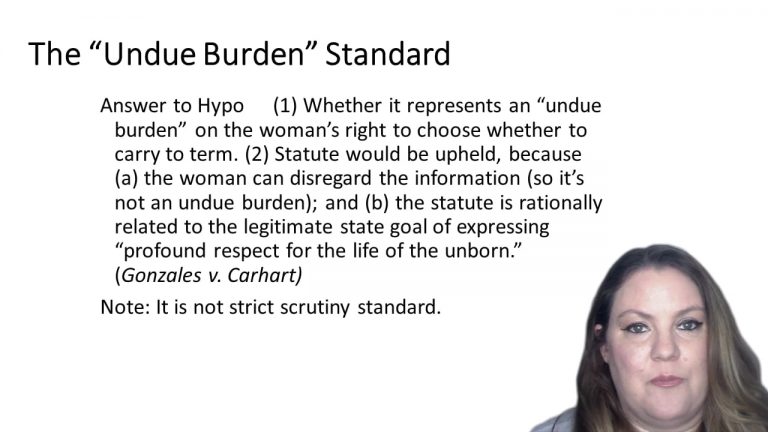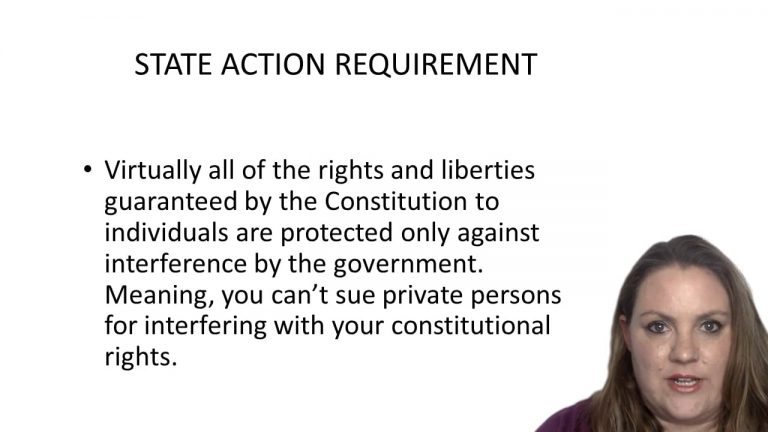SmartBrief
Confirm favorite deletion?
Constitutional Law Keyed to Maggs
DeShaney v. Winnebago County Department of Social Services
Citation:
489 U.S. 189 (1989)Facts
Notwithstanding indications of child abuse by his father, state officials declined to remove Joshua DeShaney from his father’s custody. In 1984, the father beat 4-year-old Joshua so severely that he fell into a life-threatening coma. Emergency brain surgery revealed a series of hemorrhages caused by traumatic injuries to the head inflicted over a long period of time. Joshua did not die, but he suffered brain damage so severely that he is expected to spend the rest of his life confined to an institution for the profoundly retarded. His father was subsequently tried and convicted of child abuse. Joshua and his mother brought an action against respondents Winnebago County alleging that respondents had deprived Joshua of his liberty without due process of law by failing to intervene to protect him against a risk of violence at his father’s hands of which they knew.
Only StudyBuddy Pro offers the complete Case Brief Anatomy*
Access the most important case brief elements for optimal case understanding.
*Case Brief Anatomy includes: Brief Prologue, Complete Case Brief, Brief Epilogue
- The Brief Prologue provides necessary case brief introductory information and includes:
Topic:
Identifies the topic of law and where this case fits within your course outline.Parties:
Identifies the cast of characters involved in the case.Procedural Posture & History:
Shares the case history with how lower courts have ruled on the matter.Case Key Terms, Acts, Doctrines, etc.:
A case specific Legal Term Dictionary.Case Doctrines, Acts, Statutes, Amendments and Treatises:
Identifies and Defines Legal Authority used in this case.
- The Case Brief is the complete case summarized and authored in the traditional Law School I.R.A.C. format. The Pro case brief includes:
Brief Facts:
A Synopsis of the Facts of the case.Rule of Law:
Identifies the Legal Principle the Court used in deciding the case.Facts:
What are the factual circumstances that gave rise to the civil or criminal case? What is the relationship of the Parties that are involved in the case.Issue(s):
Lists the Questions of Law that are raised by the Facts of the case.Holding:
Shares the Court's answer to the legal questions raised in the issue.Concurring / Dissenting Opinions:
Includes valuable concurring or dissenting opinions and their key points.Reasoning and Analysis:
Identifies the chain of argument(s) which led the judges to rule as they did.
- The Brief Prologue closes the case brief with important forward-looking discussion and includes:
Policy:
Identifies the Policy if any that has been established by the case.Court Direction:
Shares where the Court went from here for this case.
Topic Resources
Topic Videos
 4m 27s
4m 27s 8m 59s
8m 59sTopic Outline
Topic Charts & Notes

